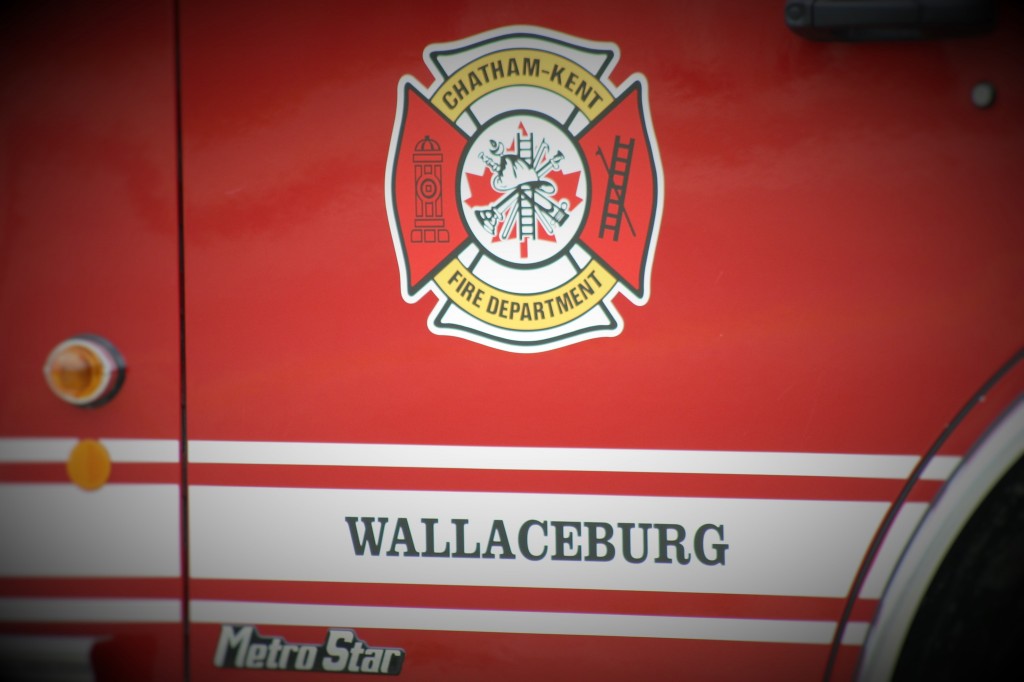Ontario’s second annual Carbon Monoxide Awareness Week runs from November 1-7, 2015, and Chatham-Kent Fire & Emergency Services reminds you to install carbon monoxide (CO) alarms in your home if you have a fuel-burning appliance, a fireplace or an attached garage.
“The law requires that you have a working CO alarm adjacent to each sleeping area of the home if your home has a fuel-burning appliance, a fireplace or an attached garage,” said Public Educator Whitney Burk. “For added protection, install a carbon monoxide alarm on every storey of the home according to manufacturer’s instructions.” Fuel-burning appliances can include furnaces, hot water heaters, gas or wood fireplaces, portable fuel-burning heaters and generators, barbeques, stoves and vehicles.
If you live in a condo or apartment building with a service room, CO alarms must be installed in the service room and adjacent to each sleeping area of all homes above, below and beside the service room. In condo or apartment buildings that have a garage, CO alarms must be installed adjacent to each sleeping area of all homes above, below and beside the garage.
What is CO?
– CO is known as the silent killer because it is an invisible, tasteless and odourless gas that can be deadly.
– CO is produced when fuels such as propane, gasoline, natural gas, heating oil or wood do not burn completely in fuel-burning appliances and devices such as furnaces, gas or wood fireplaces, hot water heaters, stoves, barbeques, portable fuel-burning heaters and generators and vehicles.
Prevent CO in your home:
– Ensure all fuel-burning appliances in your home are inspected annually. Visit COSafety.ca to find a registered contractor near you.
– Check that all outside appliance vents are not blocked.
– Never use a portable fuel-burning appliance inside (i.e. barbeques, portable heaters and generators).
Know the symptoms of CO:
– Exposure to CO can cause flu-like symptoms such as headaches, nausea, dizziness, as well as confusion, drowsiness, loss of consciousness and death.
– If your CO alarm sounds, and you or other occupants suffer from symptoms of CO poisoning, get everyone out of the home immediately. Then call 9-1-1 or your local emergency services number from outside the building.
– If your CO alarm sounds, and no one is suffering from symptoms of CO poisoning, check to see if the battery needs replacing, or the alarm has reached its “end-of-life” before calling 9-1-1.
Know the sound of your CO alarm:
– Your CO alarm sounds different than your smoke alarm. Test both alarms monthly and make sure everyone in your home knows the difference between the two alarm sounds.
– Don’t be confused by the sound of your CO alarm’s low-battery warning. Follow your CO alarm manufacturer’s instructions so you know the difference between the low-battery warning, the “end-of-life” warning, and the alarm alerting you to the presence of CO in your home.
For more CO safety tips, visit www.ckfire.com and COsafety.ca.

















